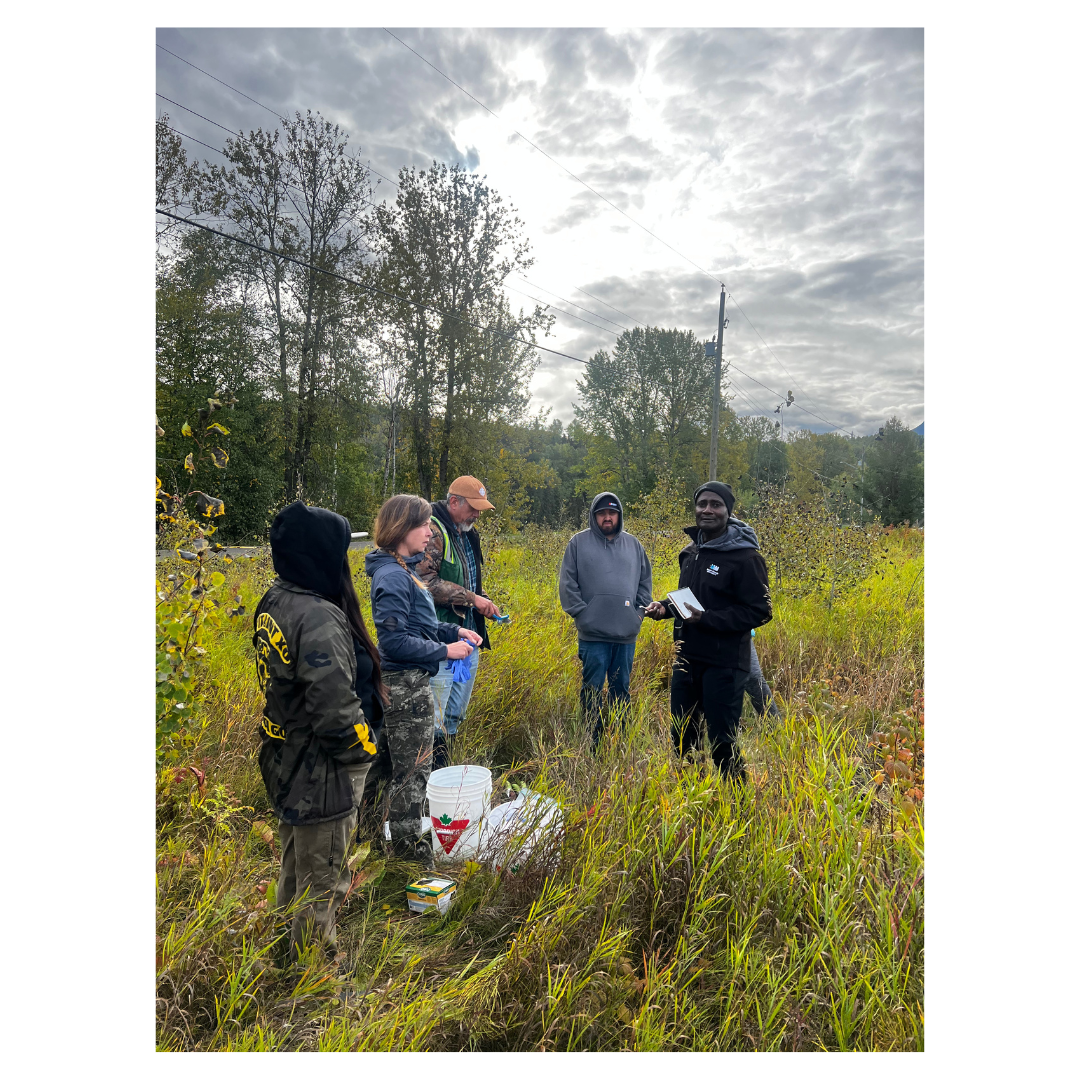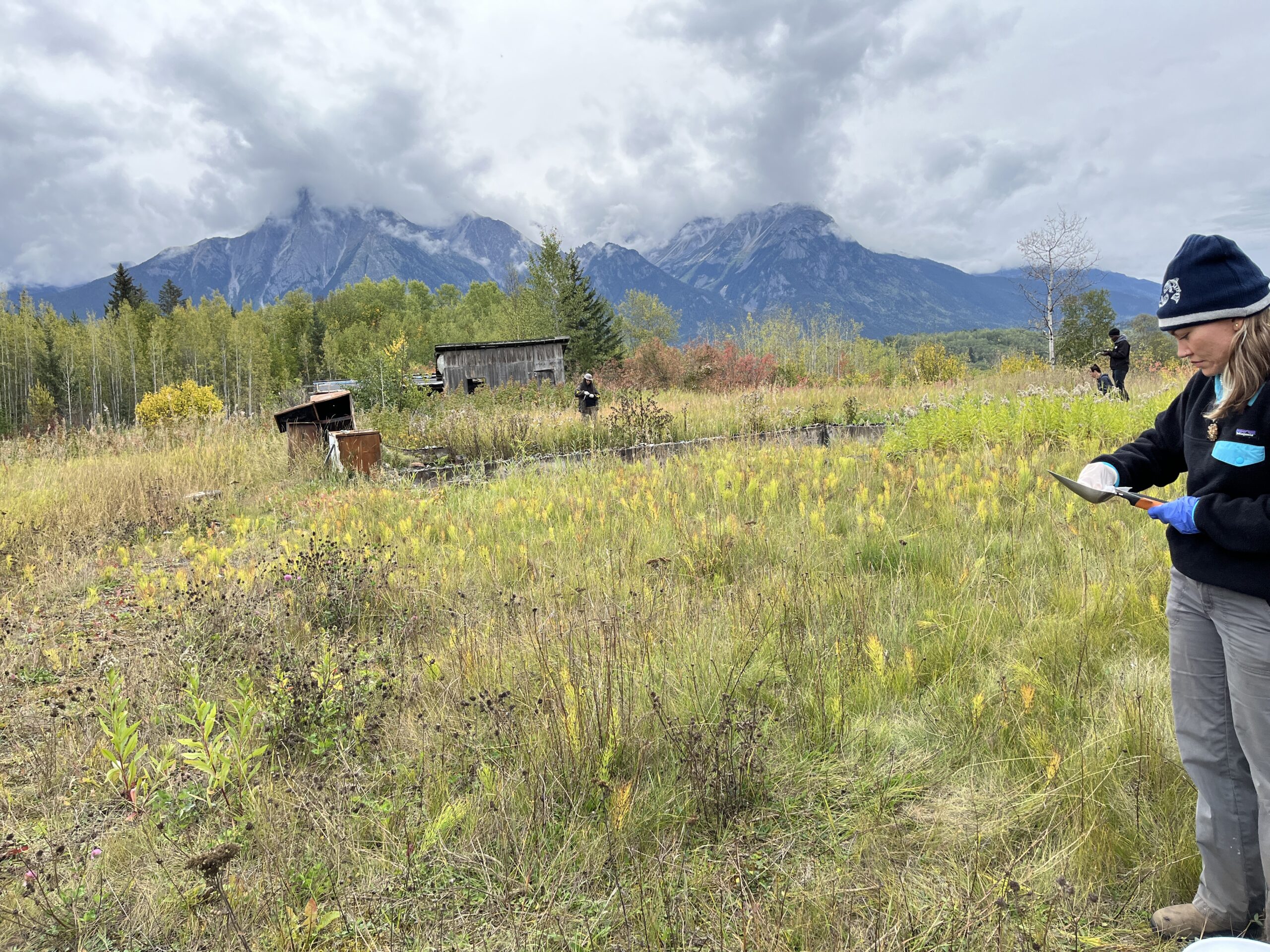Bioremediation: Our Projects
HEALING THE LAND. HEALING THE PEOPLE.
Photo Album
This page is still being updated, be sure to check back for more info!
After The Fire
Addressing Toxic Heavy Metals after Structure Fires:
Ash left behind from structure fires can contain a variety of toxic heavy metals ranging from lead, cadmium, nickel, chromium, copper, and arsenic. These metals can leach into the soil and water system and get carried away by humans and animals walking on or around the burn site. The ash can be inhaled and absorbed through the lungs and skin.
When a home burns down, not only does the family and community experience the trauma related to it, but community members also remain vulnerable to the contamination left behind.
This contamination often goes unaddressed, creating an unsafe site for workers, families, animals, and children. Similarly, when there is a large wildfire, fire suppressants often contain contaminants in the form of PFAS, which are known as “forever chemicals” that can leach into water and soil and remain without breaking down on their own. PFA’s have a number of health risks associated with them, including increased risk of cancer, liver damage, and immune system defects.
In 2024, SWCC teamed up with Royal Roads University professor, Matt Dodds, to test 12 house fire sites in 3 different Gitxsan communities. Matt Dodds is an environmental analytical chemist with research interests in metal speciation and bioavailability, contaminants in the urban environment, air quality monitoring and management, soil toxicity testing, persistent organic pollutants, microplastics, contaminated sites assessment and remediation, and ecological and human health risk assessment. We offered a workshop to Fire Department volunteers, community members, and Farm School staff and collected over 60 soil samples that will be tested for heavy metals. Test results will then guide a bioremediation plan for selected sites and high contamination areas that we will work with community members to enact in 2025.


